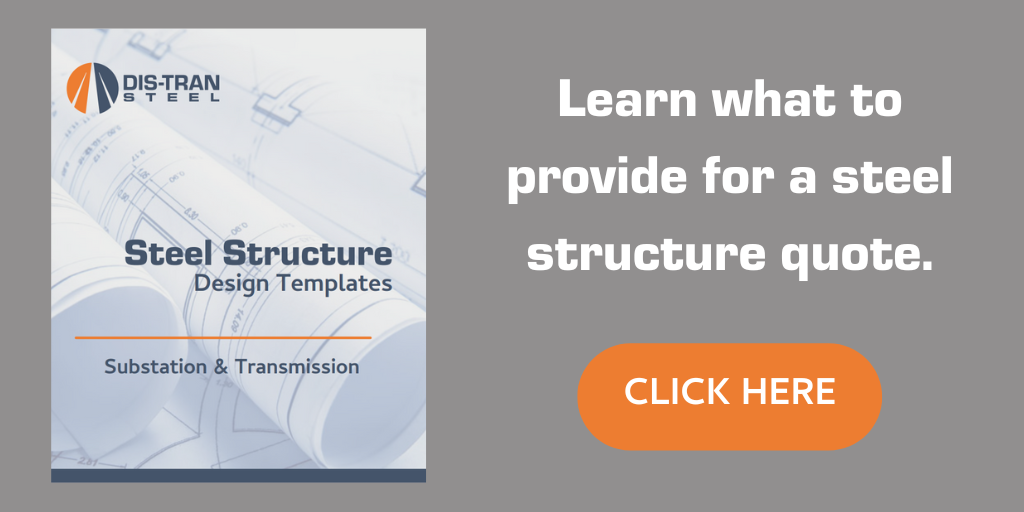Turning on a light happens within a blink of an eye. But it’s a little more complicated than just flipping a switch. 
Transmission and substations work coinciding with one another in order to bring the electricity from the distribution station, into your home.
Transmission lines move high voltage power across the country, while substations basically take the higher voltage down to lower voltages. Let’s say a 230kV line comes into a substation, the power is then transformed into a lower voltage, or multiple lower voltages, and then carried out by distribution lines into your home or business.
A good way to remember the difference between the two is to think of transmission lines as interstates or freeways, and distribution lines as smaller state or county highways.
There are three components that make up a transmission line:
- Conductors
- Insulators
- Transmission Structures
Transmission structures are typically taller than substation structures because they carry a higher voltage and require a greater phase separation. Transmission structures can be made with either wood, concrete or steel. Lower transmission voltages are more commonly constructed with wood or concrete, while steel is used for higher voltage structures.
Transmission structures are built in a number of different designs, but the two most common that you will see are tapered tubular poles or lattice structures. Other transmission structure types include:
- Dead-end
- Embedded
- Base-plate
- Tangent
- Guyed
- Unguyed
The transmission lines deliver power to transformers, which are located inside the substation. The substation is where the voltage is either increased or decreased. The power is then carried out by either overhead lines or underground potheads. (A device that connects overhead conductors to underground)
The main structures found in a substation are:
- Dead-Ends
- Static Poles
- Equipment/Bus Supports
The circuits are connected by buses, which connects different circuits within a substation, providing flexibility. Buses can be made with either aluminum tubing, copper or other materials.
All electricity travels in three phases, or three separate lines, to make up one circuit. It depends on the voltage as to how far apart each line should be spaced. The higher the voltage, the further apart they should be in order to avoid arcing. If the wires get too close to the metal or any object, it will arc, finding the path of least resistance. This is vital with both transmission and substations.
For FREE Steel Sturcture Design Templates, click on the link below!
